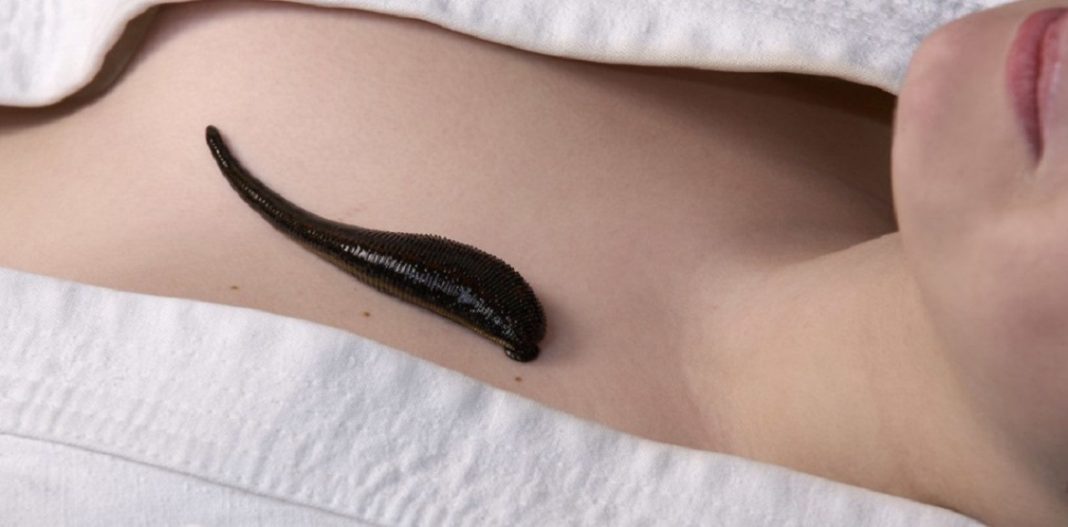

Victims who die from the Life Leech melt into a puddle of flesh. Despite that, it's a useful and damaging weapon, especially using its alt-fire as a secondary attacker. However, if the ammo runs out, the Life Leech will drain the player's own health for ammunition. In versions up to 1.10, if the Life Leech hits a living target, it will add life to the player's, like a vampire. The weapon doesn't appear until Episode 4, and is the last to. The Life Leech occupies slot 9 and uses Trapped Souls (blue orbs with screaming faces) as energy.
#Leech blood manual
Run low on ammo and it saps your own strength!"- Blood Manual Learn more about the UH Ear, Nose & Throat Institute."This artifact draws its power from the life energy of your foes. Our subspecialty areas focus on areas of the head and neck that may benefit from surgical intervention. University Hospitals Ear, Nose & Throat Institute provides complete otolaryngology care for children and adults. After they have fed and cropped off the patient, they are anesthetized and disposed of as medical waste. They are sanitized before attachment to the patient are are used only once. Leeches are bred specifically for medical use at leech farms around the country. Given that the scientific name for the leech is hirudinea, their use for medical purposes is often referred to as hirudotherapy.

Food and Drug Administration in 2004 approved the use of leeches for localized venous congestion after surgery, recognizing them as living, breathing medical devices. “However, when we openly communicate with them about our goals and the reasons for the therapy, most patients understand and are accepting of the treatment." As a bonus, the treatment is painless – when the leech bites, they release a naturally occurring anesthetic that numbs the area.Įven though the use of leeches can prevent tissue death and promote healing in select cases, patients and families are often uneasy with the concept,” Dr. Other chemicals in leech saliva keep the blood flowing in the damaged area, even after the leech is detached, allowing time for new veins to grow and the existing ones to widen and accommodate more blood flow. Leech saliva contains hirudin, an anticoagulant and anti-platelet agent that works to prevent blood clots and reduce the amount of congested blood in the tissues. This is when medicinal leech therapy may be recommended for an optimal outcome. If the congestion is left untreated, carbon dioxide will accumulate in the stagnant blood and ultimately cause tissue death. Instead, the blood pools in the veins and is unable to flow back to the heart and lungs to be re-oxygenated. Venous congestion occurs when the tiny, thin-walled veins involved in microsurgical procedures are unable to carry the appropriate amount of blood away from the surgical site. Although these procedures are successful up to 98 percent of the time, in rare cases a flap or reattached body part may develop a dangerous complication called venous congestion.
#Leech blood skin
Reattachment operations, skin grafts and reconstructive plastic surgeries for cancer and trauma often require microsurgical techniques – the use of a microscope and specialized instruments to attach tiny blood vessels with equally tiny sutures and needles.

Preventing a Rare Complication After Surgery However, many do believe the use of leeches in certain, very specific medical situations has the potential to save lives and limbs. Once attached to the patient’s skin, the leeches would do what they were designed to do – feed on blood.Ĭlearly, modern clinicians do not support the practice of bloodletting. Sometimes crude instruments were used for bloodletting but more often, leeches were used. Practitioners of the time believed the removal of blood from a patient could prevent illness and cure disease. Leeches have been used medically for thousands of years – dating back to ancient Greece and Egypt when bloodletting was a common practice. "Despite all the technical advances in modern medicine, in certain post-surgical situations, we do still rely on one of nature’s most primitive organisms – the leech – to assist us in achieving a good outcome,” says Rod Rezaee, MD, UH otolaryngologist and head and neck surgeon. And yet, in modern operating rooms across the country, that is exactly what is happening. Even more would be alarmed at the thought of having them attached to their skin as part of their medical plan of care. Most people cringe at the mere mention of the word leeches.


 0 kommentar(er)
0 kommentar(er)
